Carlton Criterium Restoration
I’ve never owned a Criterium before, but I have restored a couple of Pro Ams and Longfellows in recent times. The bike in this blog, which needs top to bottom work, was lower in the ranks than the Pro Am, which had Reynolds 531 tubing. Yet, it is still a Worksop-built bike, made in the last years of the Carlton factory, which closed in 1982. I actually got this bike for free from a lady who had just sold her house, because it needs a serious amount of work to get on the road again. So begins my Carlton Criterium restoration,

The Carlton Criterium
I do like the colour of the Criterium, though I’ve seen them in brown and blue, but I think it looks best in this tea green paint. There is no chrome and it is rather a understated frameset, with clean lines and minimal decoration. I like its Crespera lugs which are perfect for this frame, and the decals may be quite plain but they in accordance with the simple sophistication of this bike.

Other Carlton Criteriums
The Criterium in the 1960’s had Reynolds tubing and a Brooks B15 saddle, so one could say it was a better bike a decade before my one here was built. Here is an example of one in a catalogue from 1962. In the early 1970’s the Criterium had been downgraded to a more basic bike, sold with a cottered crankset and hi-ten tubing, yet still featuring a Brooks saddle. Strangely, the Criterium disappeared from the Carlton catalogues in the mid 1970’s but reappeared again in this green colour in 1979.

Condition of the Frame
On first sight this bike looks quite beaten and worn; it’s not been looked after for a long time. The worst of it is the condition of the top tube, which has lost some of its top coat and is sadly exposing areas of white undercoat. It’s a shame, for no matter how much you restore the bike, this is something you can’t repair unless the whole frame is powder coated. Another issue with the frame is the strange black paint around the rear dropouts, running a few inches along the stays. Why is that there? I haven’t worked it out yet.

..And Other Bad Stuff
I’m quite sure the rear wheel is not original, as it has a 7 speed freewheel from a later period and a high flange Sansin hub, which was not on any of the specs of the original model. The wheel has a hideous 27¼ tyre, which belongs in the garbage. The bottom bracket is as lumpy as porridge, and the headset barely moves. Moreover, when I try to move the Suntour shifters, which have a ratcheting friction mechanism, they remain stiff and unmovable from being locked in position for many years.

Why it’s Worth Restoring
Carlton bikes have a good reputation simply because they were well made, built by a skilled workforce in Worksop. Admittedly, I’d rather not have the Raleigh branded parts on the bike, which include the crankset and Weinmann-made brakes. The Raleigh decals for me are signs of the end of Carlton, a foreboding of what was to befall them in 1982. But even though this is not a 531 frame and has a rather modest set of original parts ( including a cheap saddle, not a Brooks ), it still has the frame geometry of a Pro Am and is built on a nicely made frame that still looks and feels great.

Bearings
The bottom bracket turned so roughly that I had some apprehension there was something gruesome inside it. However, when I got my tools ready for loosening the adjustable cup to check if it was overtightened, I stepped back aghast. What on earth was that cup, and how the hell are you supposed to remove it? Instead of standard holes for a pronged tool which most vintage cups have, these ones had a strange raised rectangle in their centres with pretty narrow flats. Of course, a specialised tool was necessary, and I’ve never seen it let alone owned one.
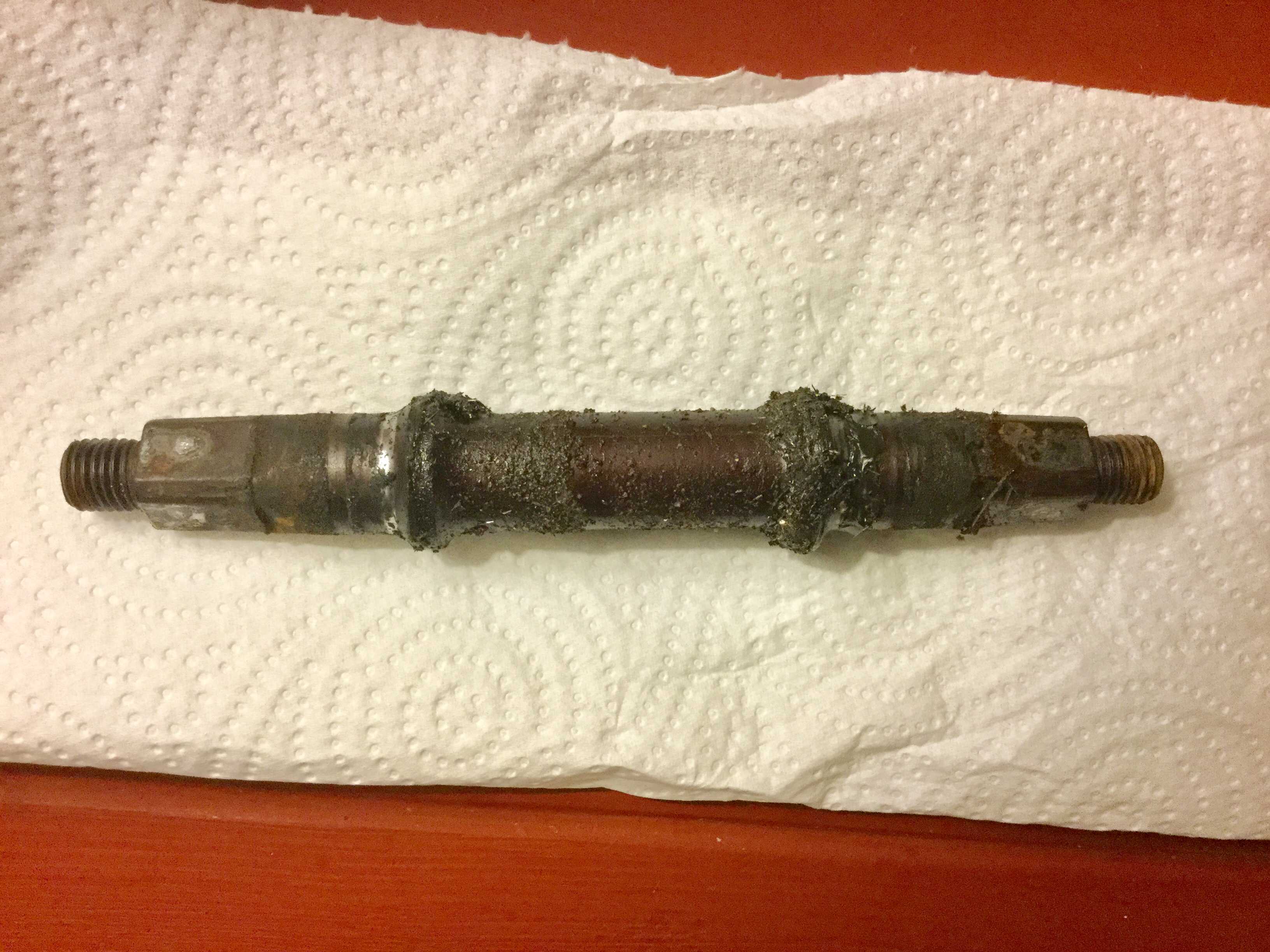
Just Get the Hammer
It may seem crude, but it worked. I put a flat screwdriver against one of the flats and hit the butt of it with a hammer. Within a handful of blows, it was rotating. It felt very satisfying, and I knew I was lucky to get it moving. Most old cups are very tight and probably would have been more stubborn. Inside was the nut-on spindle, surprisingly wide for a double crankset ( 128mm ), nude bearings running wild with no grease at all, and thick layers of solidified dirt. Did this person ride through fields of mud? You have to wonder. Thankfully no animals or insects came out with the decades of dirt.

Headset and Bottom Bracket Woes
I’ve never seen so much dirt on bearing surfaces than on this Criterium. Both the bottom bracket cups, as well as the headset races, were thick with it. I wonder how did so much of this grime get into the headset, as it is an enclosed space and high up from the ground. Yet the biggest problem I faced was replacing the stupidly designed adjustable cup of the bottom bracket, as the flats were so narrow, I just couldn’t get the power to turn it back on the old threads. I ended up having to use some spring-loaded pliers, and it took a good 10 minutes to install it fully.

Getting it Back on the Road
The Suntour VX rear derailleur was so clogged up that it wasn’t moving, and I was amazed at the amount of dirt inside the jockey wheels. Surprisingly, the chain wasn’t in bad shape, but the whole gear system was lumpy and complained if the crank was rotated. If I can still use the gear and brake cables, I usually don’t replace them, unless they are causing problems; you’d be amazed how tolerant friction shifing mechanisms are, and these old cables were will in useable condition. So why not keep them?

A Practical Restoration
It wasn’t my intention to restore this old Carlton into some exceptional condition, because ultimately, it would never get back to its original shape without a respray. Not only that, two of the original components had been replaced: the rear wheel, with a high flange Sansin hub ( Miche skewer ) with a 7 speed freewheel, was obviously out of place, and the original Suntour VX front derailleur had been replaced by a Simplex one. I even ended up replacing the front wheel for a Mavic rim and white hub, which came off an old Bertin bike. I just wanted it back into a good riding condition.
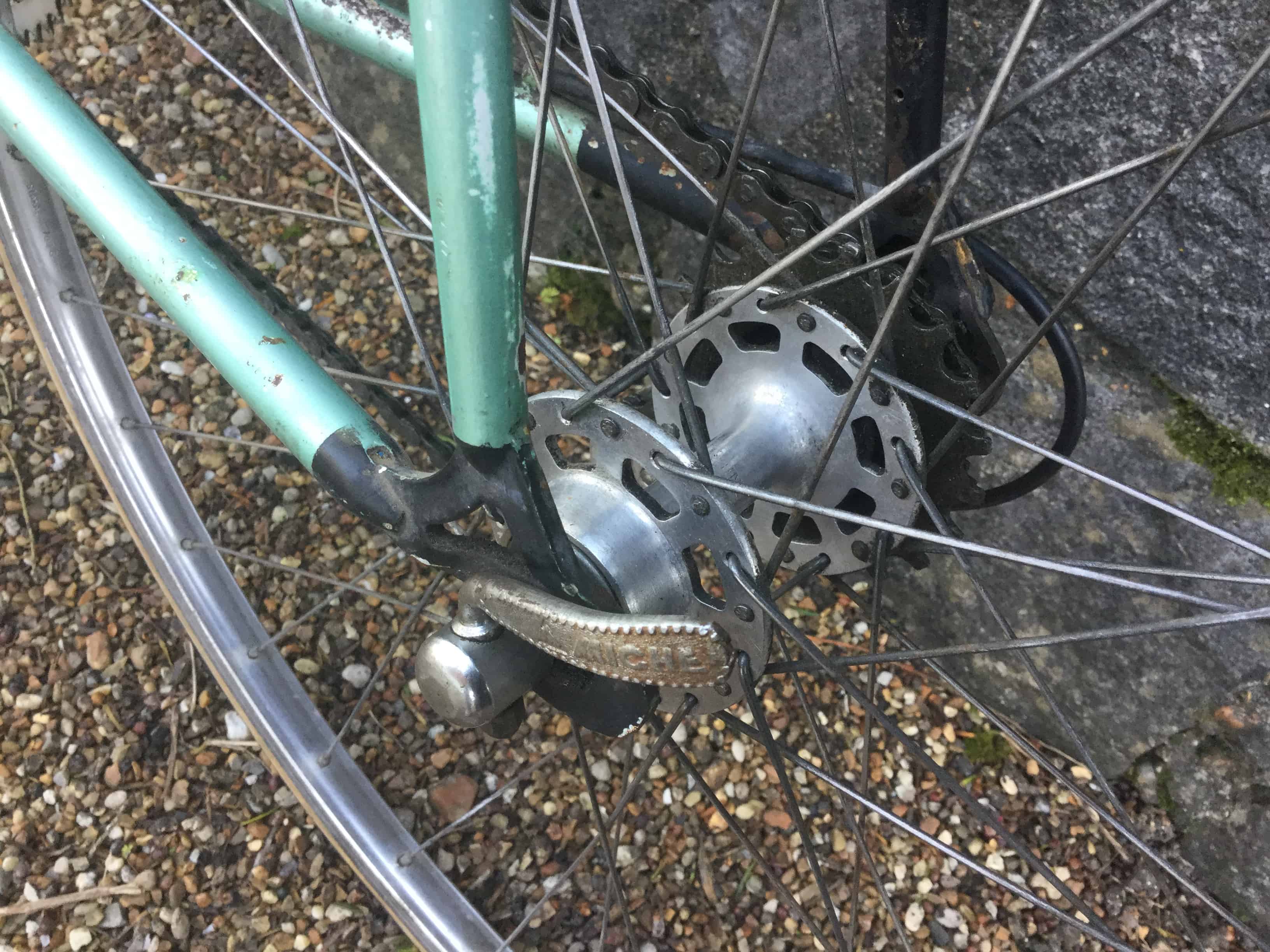
On the Road
A bike on the stand is may seem perfectly fine, but once on the road the real stresses come into force. I’m pleased to say the bike now travels along quietly as a mouse, which is a relief more than anything. It’s a delight to think of how such a trashed bike has returned to such a good mechanical order. However, there is a problem: the 7 speed freewheel is too much for the derailleur and chain to cope with, and the 52/22 and 52/21 ratios stretch the chain too much, pulling the Suntour VX rear derailleur into a horizontal position and causing all kinds of grinding and slipping madness.

Conclusion
The strange thing about this gearing problem is that the ratio 52/22 shouldn’t be a problem for the Suntour derailleur. It’s a corn cob freewheel, and though the chain has to travel more distance on this 7 speed than the original 5 speed freewheel, it’s not too much to ask for this derailleur. My guess is that the chain is too short and a few more links are required. On top of this, I’m tempted to try and use some touch-up paint on the top tube, though paint matching is notoriously difficult. But overall, the bike looks nice and rides pretty well, and in view of its condition when I acquired it, I’m quite satisfied.






Stats
- 1979 Carlton Criterium
- Serial Number: WC900
- 59CM Frame, 56cm Top Tube, C-C
- 120mm Rear Spacing
- Unbranded Handlebars
- Raleigh Stem
- Raleigh Branded Crank ( Sakae ) 52/42
- Weinmann 610 Centrepull Brakes
- Weinmann Drilled Brake Levers
- Suntour VX Ratchet Shifters
- Simplex Front Derailleur ( Replacement )
- Suntour VX Rear Derailleur
- Unbranded Bottom Bracket, 118mm Spindle
- Milremo Seatpost Pin
- Milremo Pedals ( Rusted, so Replaced )
- Mixed Wheelset, ( Rusted, so Replaced )


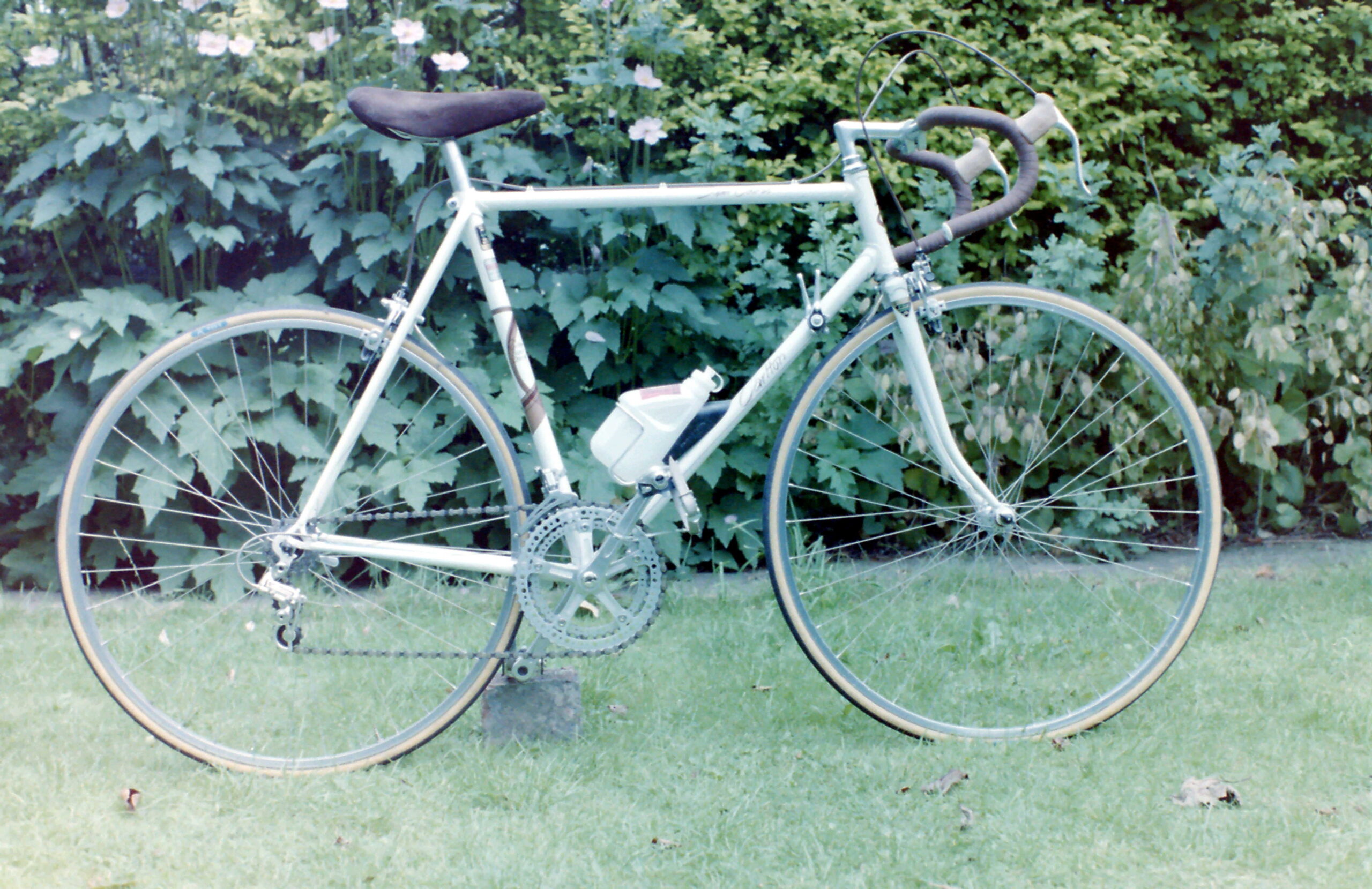
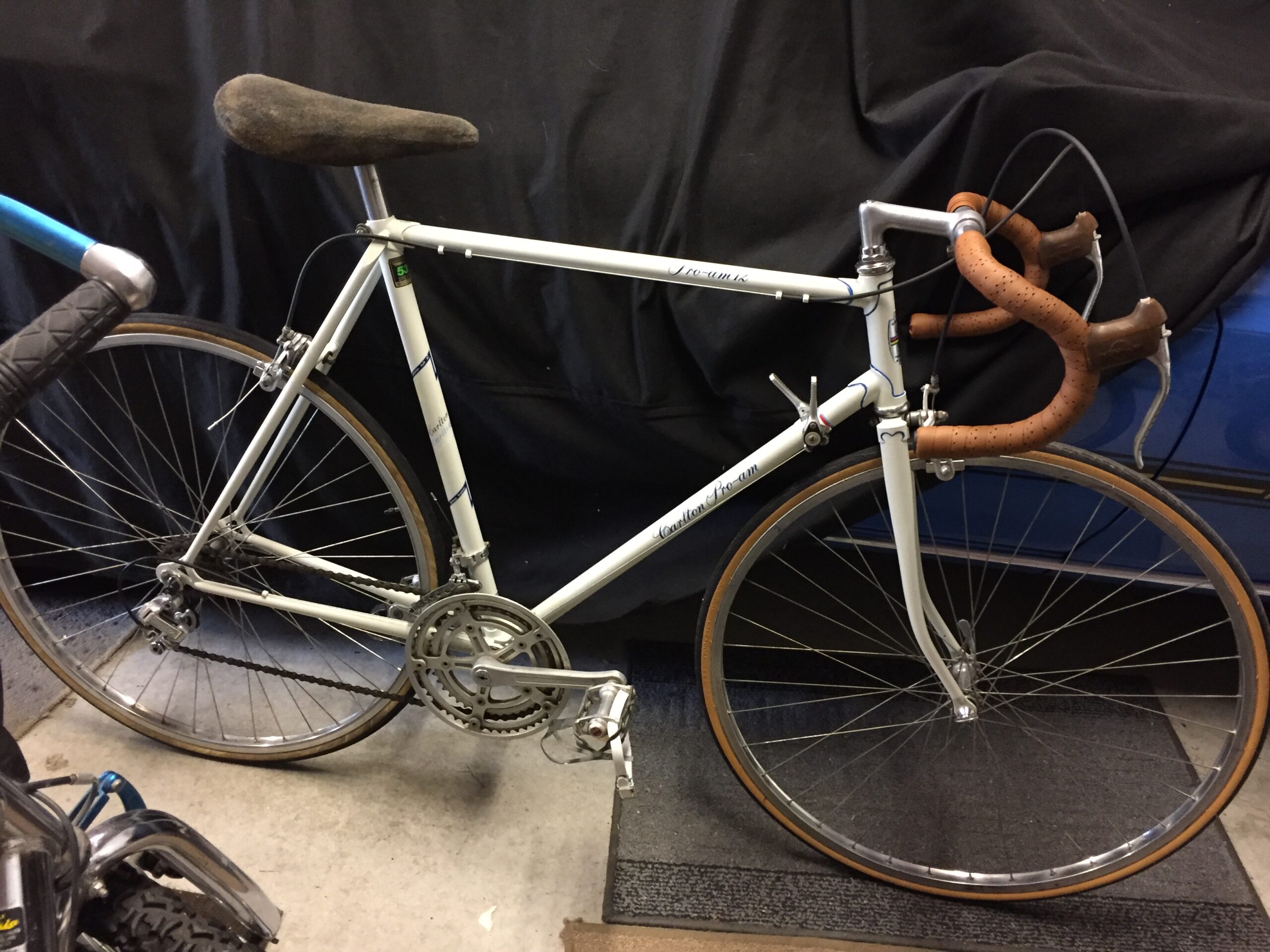
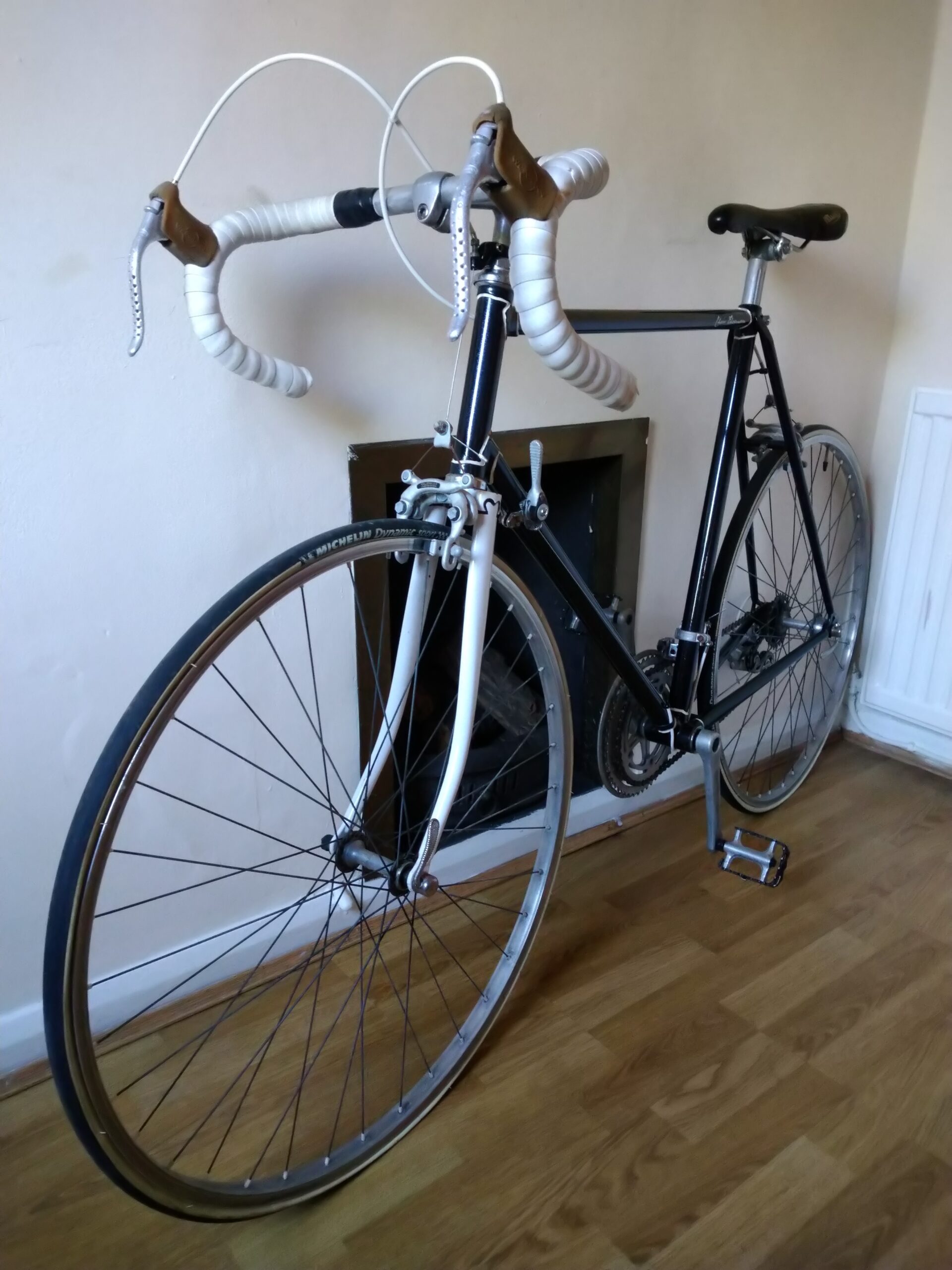
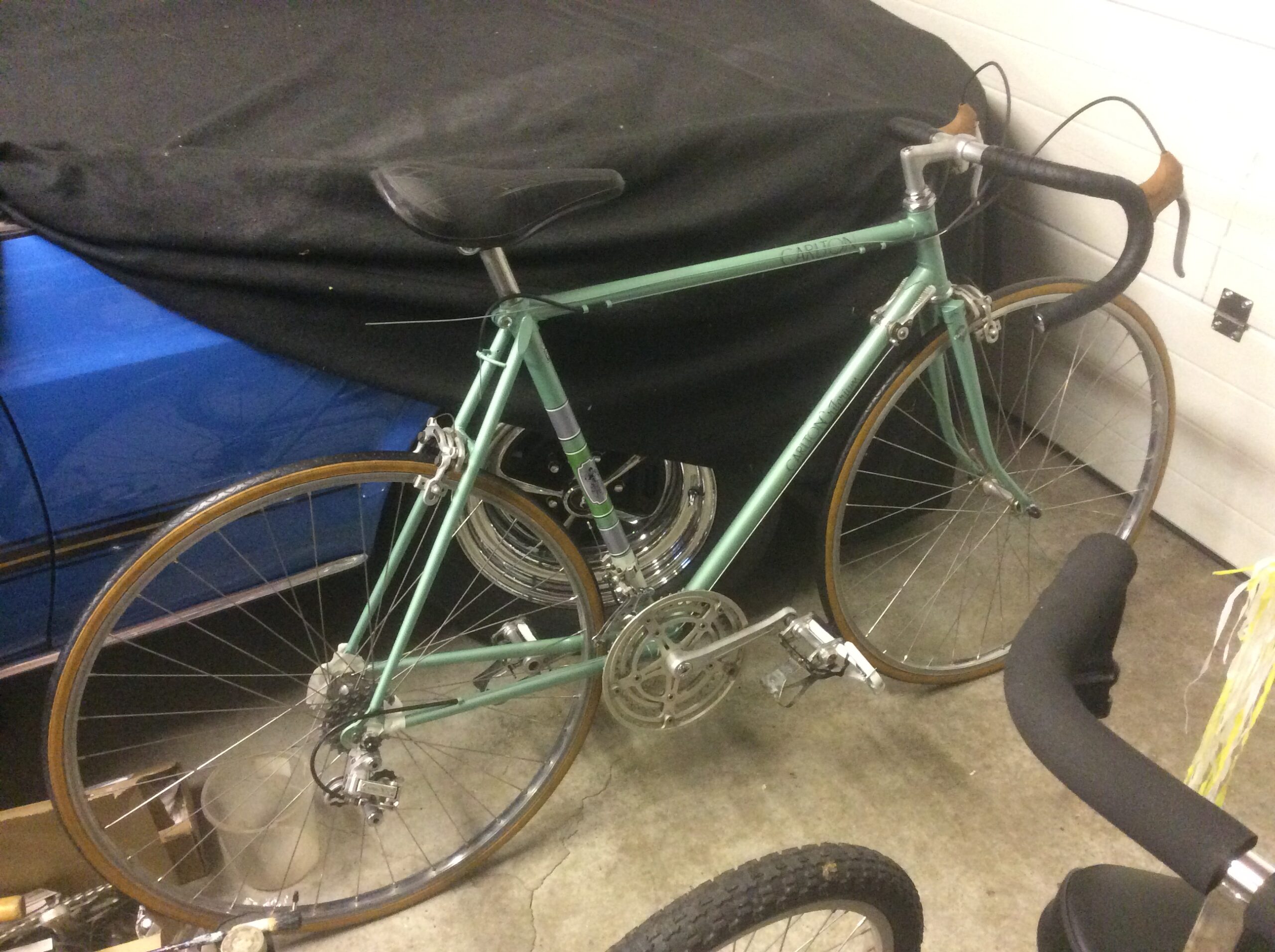
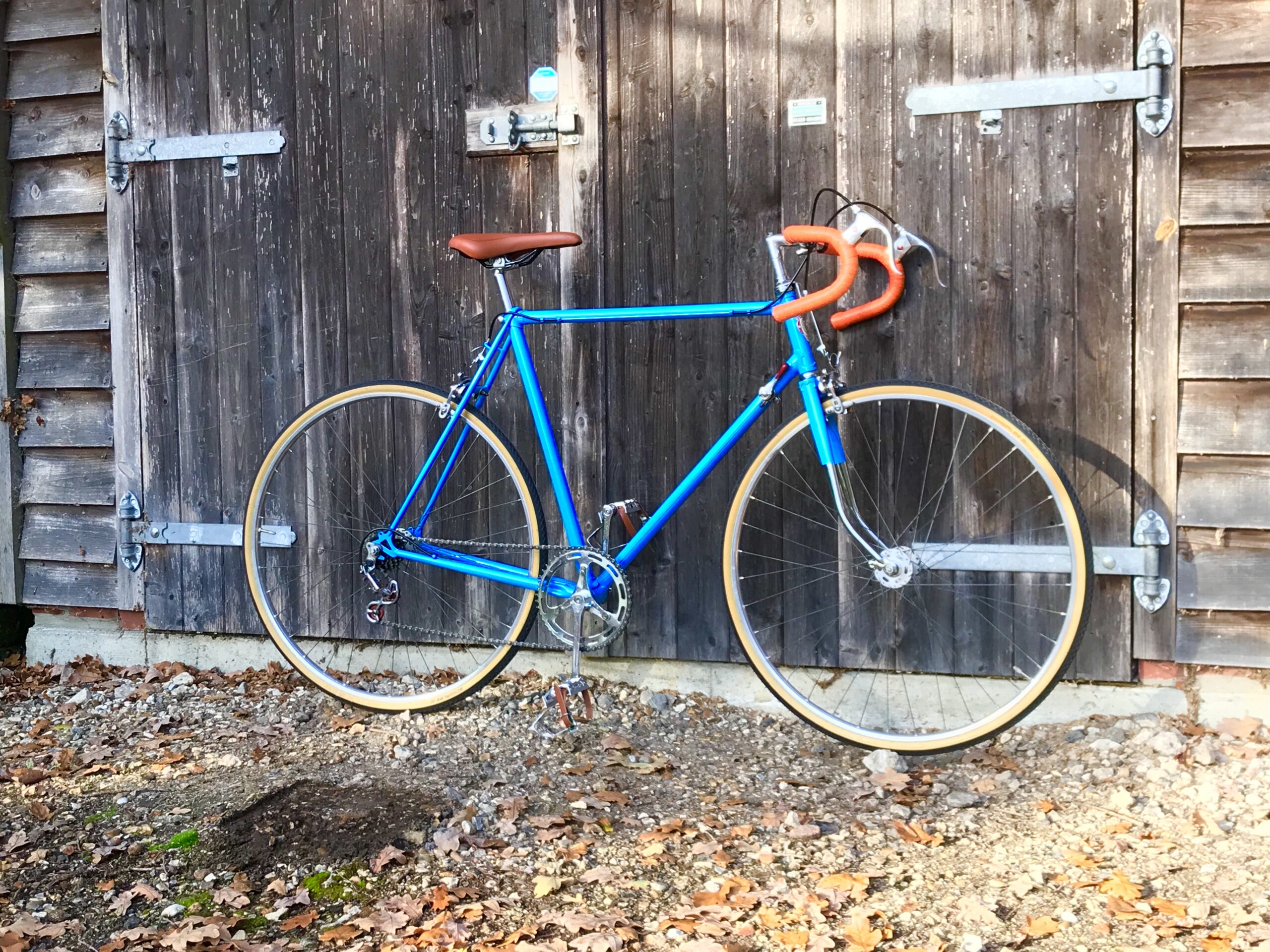
Hi I used to own a bike like this in the late 70s good to see it survive cheers daren
Hi. I’ve got one of these, purchased new by wife as a birthday gift in 1979. Mine came with a 6-speed freewheel (which I’ve just replaced due to top gear wear causing chain skipping) so maybe this was optional back in the day.
As a small lockdown project, I’ve also replaced the frame, as the original paintwork had suffered badly due to rusting of the steel beneath. Luckily, I managed to find an identical one, albeit in much better condition, on eBay for a reasonable price.
This proved far more cost-effective than a respray and helped achieve my goal of retaining the character of the 40-year-old machine which, of course, has great sentimental value.
Benefiting also from a new chain, tyres, cables and brake blocks, the bike now rides like new again and gives a great deal of pleasure.
Hi Mike, thanks for your comment, an interesting read. I agree with you about respraying a vintage bike, it has to be the last resort as its so expensive and somehow the originality of the bike is gone forever. I love the old Carltons and finding one in great condition is well worth the search and the wait for one. Safe riding!
Thanks for putting this on the net, good information. I have just bought a 1980 Crit, in the same colour Fern Green, because it was £40. I am not sure if you influenced me, but I have removed the Raleigh branded stuff, except the crankdust caps!
Hi Jeremy, thanks for the message. You can’t get much better than that, getting a Criterium for £40 is a really good deal! With good components I think it will be a superb bike!
A really interesting read. I nearly bought a Criterium new back in 1981, but I decided against it. I decided to trade in another bike from my collection to make up the extra and went for the 531 framed Super Course instead. I kept that bike a long time, an absolute joy to ride, we did a lot of miles together.
I love old Carltons, especially ones with Reynolds tubing and good quality components. Perhaps it’s something about their aesthetic, they have an understated elegance, like your Super Course. Thanks for posting.
I am doing a 1979 Criterium and a 1980s Pro Am. My Criterium is mainly original, think the rims may of been changed but are still weinmann. I always respray (I have a compressor and spray gun) most car paint shops can match the colour or get fairly close, if the paint will survive 150,000 miles on the nose of a car doing 70 mph it should stand up on a bike. The Criterium colour is very close to a Nissan colour, whilst the Pro Am polar blue is closest to a Fiat Colour. Decal kits are widely available. So should look brand new when done. Attached is another Pro Am I did last year in the Fiat colour.
I agree 100%, they do have a “look”. I used to buy and sell bikes like it was going out of fashion, but the Super Course was one I kept a long time. It was also the only one I felt no need to alter in any way (other than mudguards for the winter). It was spot on straight out of the shop.
What a fantastic looking bike, great job with the respray, it looks superb. Thanks for posting.
Looking to sell mine fully restored and te sprayed
1979 Carlton Criterium nearing completion in correct colour with correct decals, after the Pro Am I posted earlier. Please note there are two Chris’s posting here, I am not the one trying to sell a bike.
Thats a beautiful bike, thanks for posting.
I’ve got my hands on one of these frames recently- wondered if the correct seat post size was in fact 25.4mm? My one has had a bit of a respray and without calipers to measure I have started to second guess myself!
Hi Luke, I do think it takes a 25.4mm seatpost, as they are not Reynolds frames. Measuring with calipers can be really tricky, but to the best if my knowledge 25.4 should fit. Good luck with your project, post a picture here of it when it’s finished if you like!
Hi All,
I’ve just come across you group of Carlton Criterium fans and have read most of the post which have brought a smile to my face. I’ve had my bike since 1973 and have just finished restoring it. It was a brown metallic and although I like the idea of restoring the bike to factory spec re paint, I decided to go with a completely new colour scheme, sorry if some don’t approve. I reconditioned every part cleaning every baring and BTW was also stunned by the mess inside the Bottom Bracket.
I’m looking forward to taking the Bike out on a sunny day and showing some of the club cyclists what a great Bike the Carlton still is.
Regarding the black paint, could it be that the frame tubes or drop-outs have been repaired? I’ve had a few frames crack in that region over the years, and the paint job looks rather typical.
Has this bike got unusually sized wheels? I remember seeing a Carlton Criterium in 1979 that had smaller wheels than normal (26”, I think). Presumably the idea was to allow a shorter frame with faster handling for circuit racing.